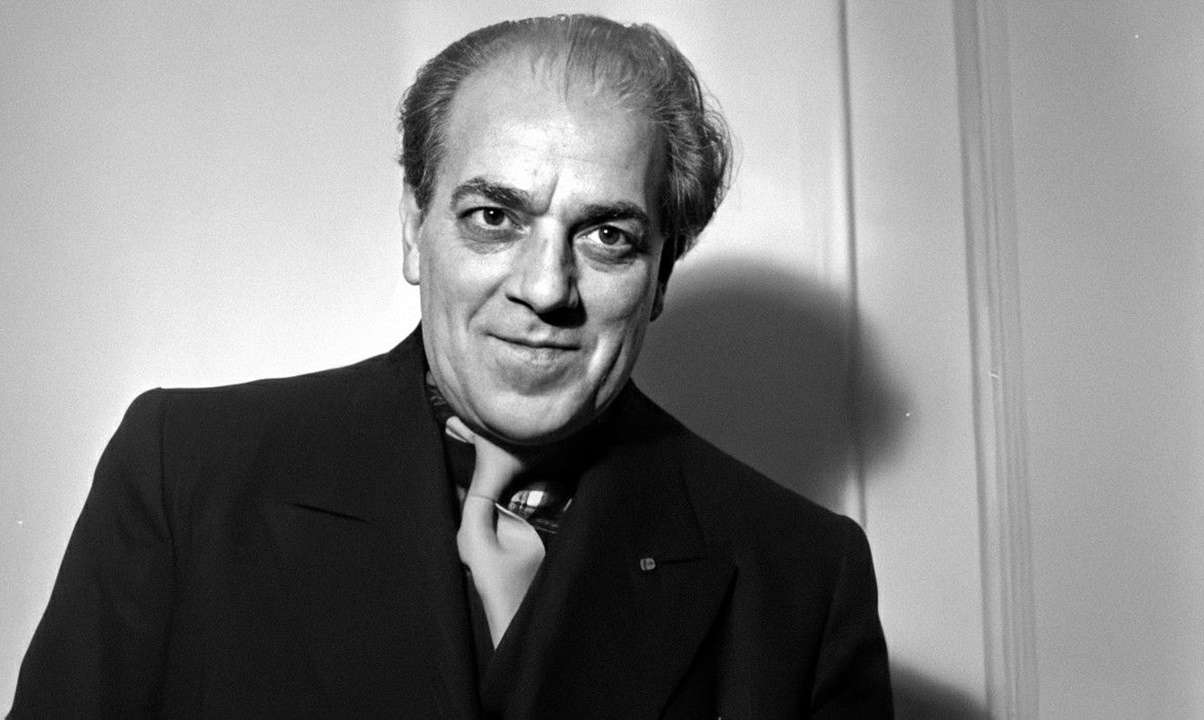
5 Fascinating Facts about Carlos Gomes
Carlos Gomes is one of Brazil’s most celebrated classical composers, renowned for his operas that brought Brazilian themes to international audiences. His works, especially “Il[…]

Heitor Villa-Lobos – Biography and History
Heitor Villa-Lobos (1887–1959) was the most significant and influential composer in Brazil’s history, blending European classical traditions with the rich folk music heritage of his[…]

The 5 Best Compositions by Bedřich Smetana
Bedřich Smetana (1824–1884) was a pioneering Czech composer whose music helped define Czech national identity. As a leading figure of the Romantic era, his compositions[…]

The History of Carl Maria von Weber: A Pioneer of German Romantic Opera
Carl Maria von Weber (1786–1826) was a seminal figure in the development of German Romantic opera. His innovative compositions, rich orchestration, and dramatic storytelling laid[…]

The History of Giuseppe Verdi: The Master of Italian Opera
Giuseppe Verdi (1813–1901) is one of the most celebrated composers in the history of classical music. His operas, characterized by profound emotion, compelling drama, and[…]

The History of Léo Delibes: A Master of French Romanticism
Léo Delibes, one of the most celebrated French composers of the 19th century, is best known for his contributions to ballet and opera. His compositions,[…]

The 5 Best Compositions by César Franck
César Franck, a towering figure of the Romantic era, is celebrated for his profound harmonic language and emotional depth. While he is primarily known for[…]

5 Fascinating Facts about Franck
César Franck, one of the most influential composers of the Romantic era, left an indelible mark on the world of classical music. Known for his[…]

Bedřich Smetana – Biography and History
Bedřich Smetana (1824–1884) is celebrated as the father of Czech national music. A pioneering composer, he played a pivotal role in establishing a distinct Czech[…]

The Story Behind Smetana’s Má Vlast
Má Vlast (translated as “My Homeland”) is one of the most celebrated works by Czech composer Bedřich Smetana. Composed between 1874 and 1879, this set[…]